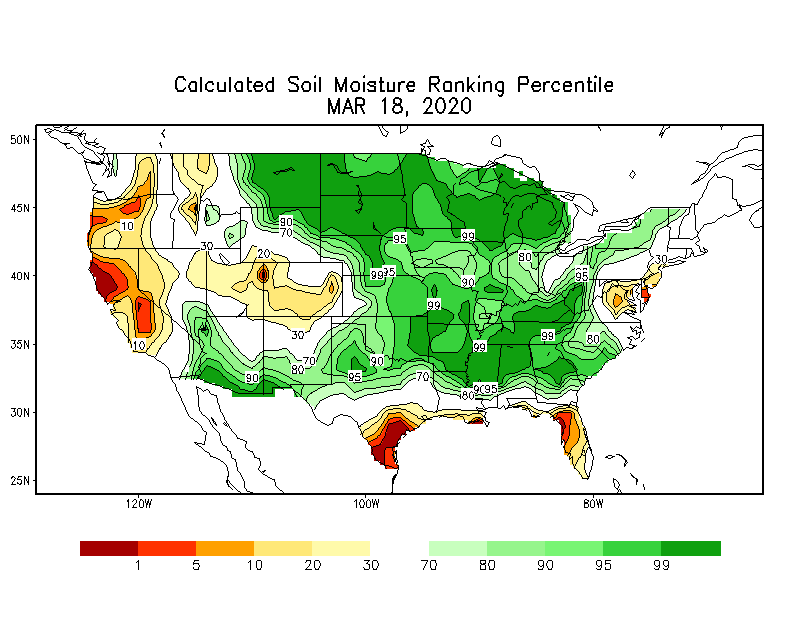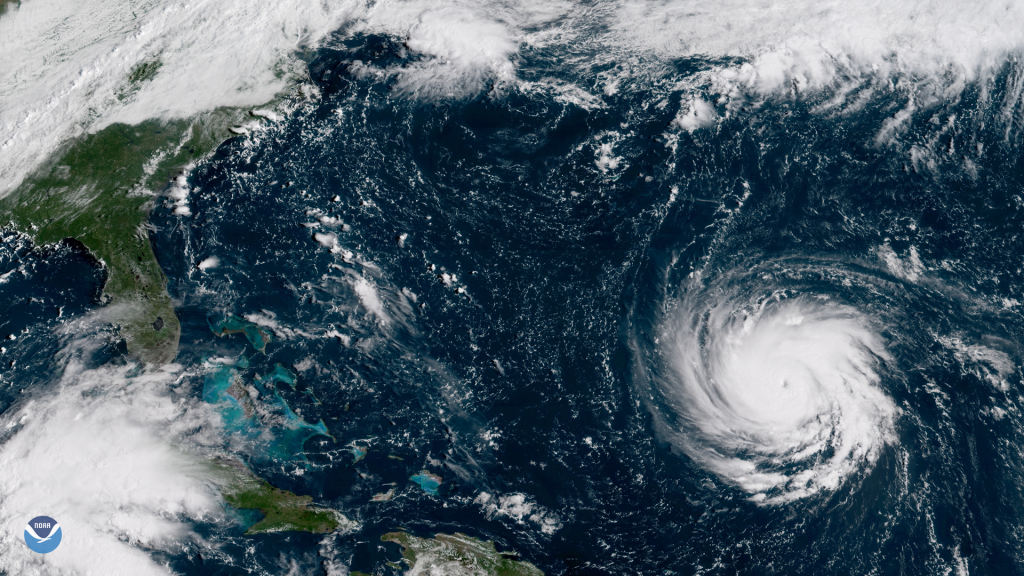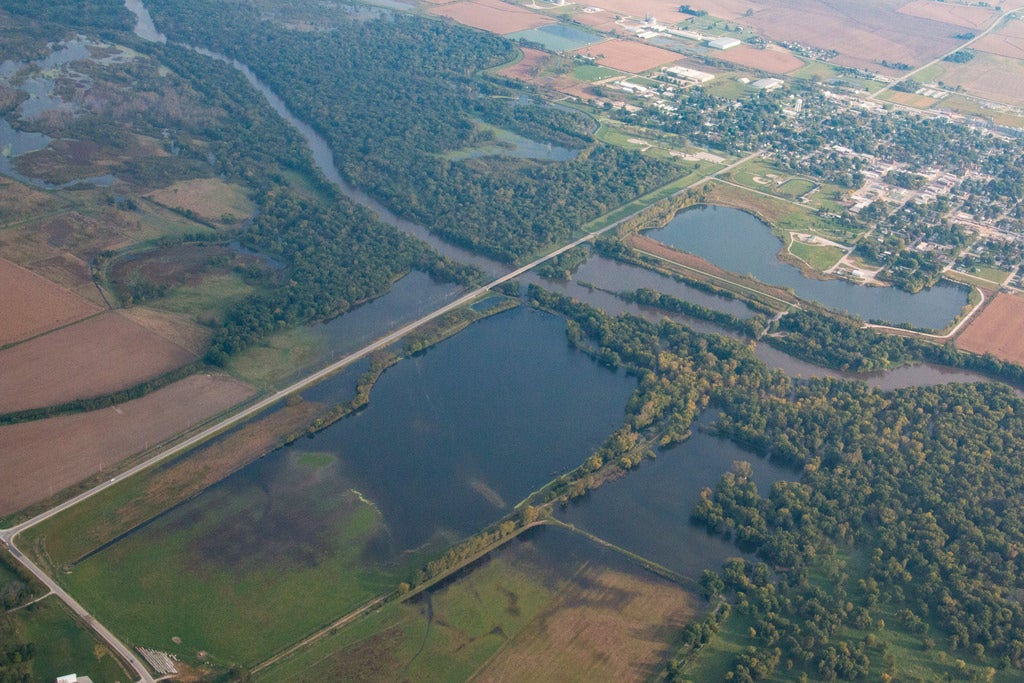Earlier this year, New York Gov. Andrew Cuomo presented an ambitious challenge to the state Legislature: Pass a $3 billion bond to boost climate resilience and mitigate the impacts of sea level rise while preserving the state’s natural resources.
Last month, at the height of the coronavirus, the Legislature responded, passing a budget bill that included the Restore Mother Nature Bond Act.
The measure is expected to go to voters in the fall. If a majority approves the bond, it will put New York on a path to building lasting resilience, while also stimulating the economy, creating jobs and benefiting the state’s most vulnerable communities. Read More


